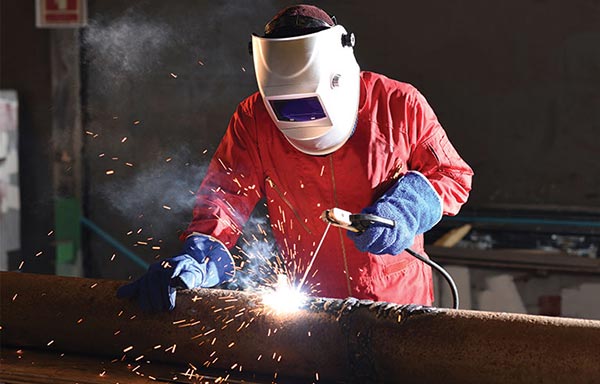
|
TEST METHOD |
DESCRIPTION |
MINIMUM COMPLIANCE VALUES |
|
ISO 15025 |
Protective clothing – Protection against flames – Method of test for limited flame spread. |
A1 or A2 |
|
ISO 9150 |
Protective clothing – Determination of the behaviour of materials upon contact with small splashes of molten metal. |
> 15 drops (Class 1) |
|
ISO 6942 |
Protective clothing — Protection against heat and fire – Method of test: Evaluation of materials and material assemblies when exposed to a source of radiant heat. |
Class 1 – RHTI24 ≥ 7 s |
|
ISO 9185 |
Protective clothing – Evaluation of resistance of materials to molten metal splashes. |
/ |
|
EN1149-2 |
Protective clothing – Electrostatic properties – Part 2: Test method for measurement of the electrical resistance through a material (vertical resistance). |
> 105 Ω |
|
ISO 5077 |
Textiles – Determination of dimensional change in washing and drying. |
< 3% woven fabric |
|
ISO 13934-1 |
Textiles – Tensile properties of fabrics – Part 1: Determination of maximum force and elongation of maximum force using the strip method. |
400 N |
|
ISO 13937-2 |
Textiles – Tensile properties of fabrics – Part 2: Determination of maximum force using the tear method. |
20 N |
|
ISO 13938-1 |
Textiles – Bursting properties of fabrics – Part 1: Hydraulic method for determination of bursting strength and bursting distension. |
minus 100 kPa (for a test area of 50 cm2) or 200 kPa (for a test area of 7 cm2) |
|
ISO 13938-2 |
Textiles – Bursting properties of fabrics – Part 2: Pneumatic method for determination of bursting strength and bursting distension. |
minus 100 kPa (for a test area of 50 cm2) or 200 kPa (for a test area of 7 cm2) |

Please contact us for free quotation by form below. We promise the quickest response within 24 hours: